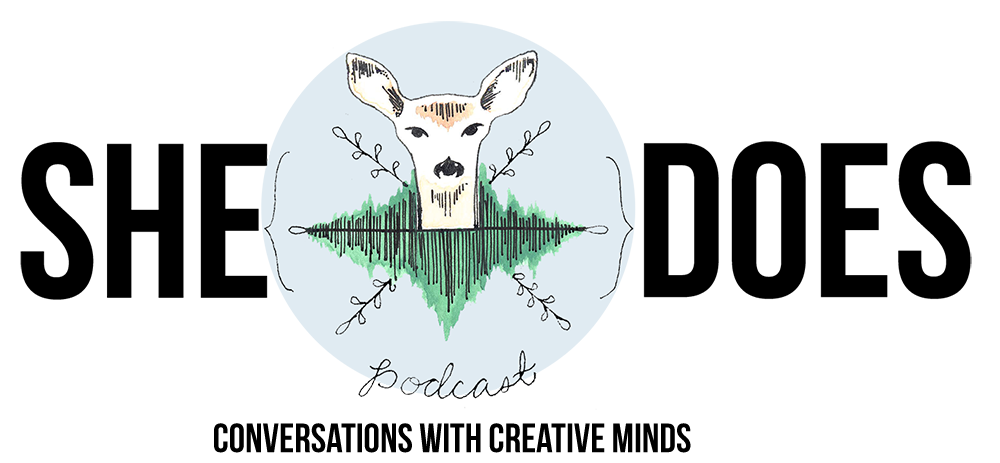Lynsey Addario is an award-winning American photojournalist who contributes regularly to The New York Times, National Geographic, and Time Magazine. She’s documented both headline news and intimate stories all around the word. In Iraq, Syria, Lebanon, and Libya she has given us an up-close view of war and revolution. She’s brought us stories of Maternal Mortality in Sierra Leone, sexual assault in Madagascar, rape in the DRC, heroin addiction in Afghanistan, and life before and after the Taliban.
Her memoir, titled “It’s What I Do" recounts over 20 years of becoming one of our most renowned photojournalists. It was acquired by Warner Brothers and Steven Spielberg is expected to direct the film. Jennifer Lawrence has been cast to portray Lynsey - and we talk about that in this episode.
Also in this episode, we also talk about courage on the front lines, the risks and trauma associated with her work, respecting cultures that aren’t her own, how she makes a living and how she manages her time.
Related LINKS:
- Lynsey's Website,
- Follow her on Twitter and Instagram
- New York Times: "What Can a Pregnant Photojournalist Cover? Everything"
- National Geographic Assignments
- Buy your copy of "It's What I Do"
“I still think of myself as that same person who is struggling to get assignments. I firmly believe in life it’s important to not be too comfortable and confident. I think you have to have some degree of hunger. I want to keep pushing myself to be a better person and photographer. ”






